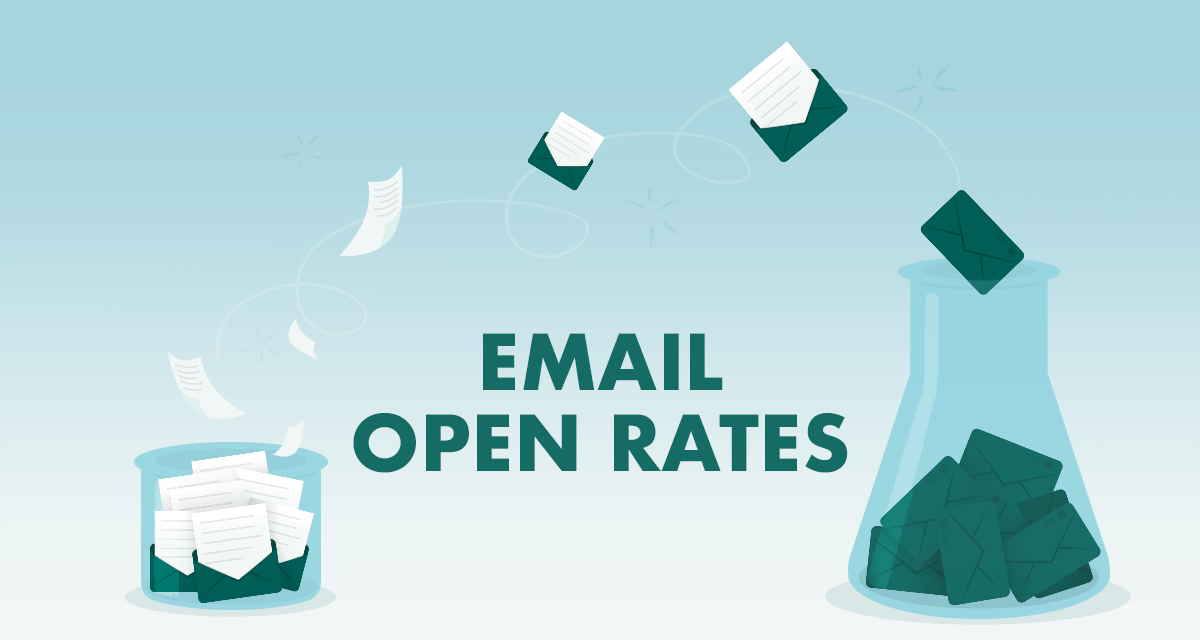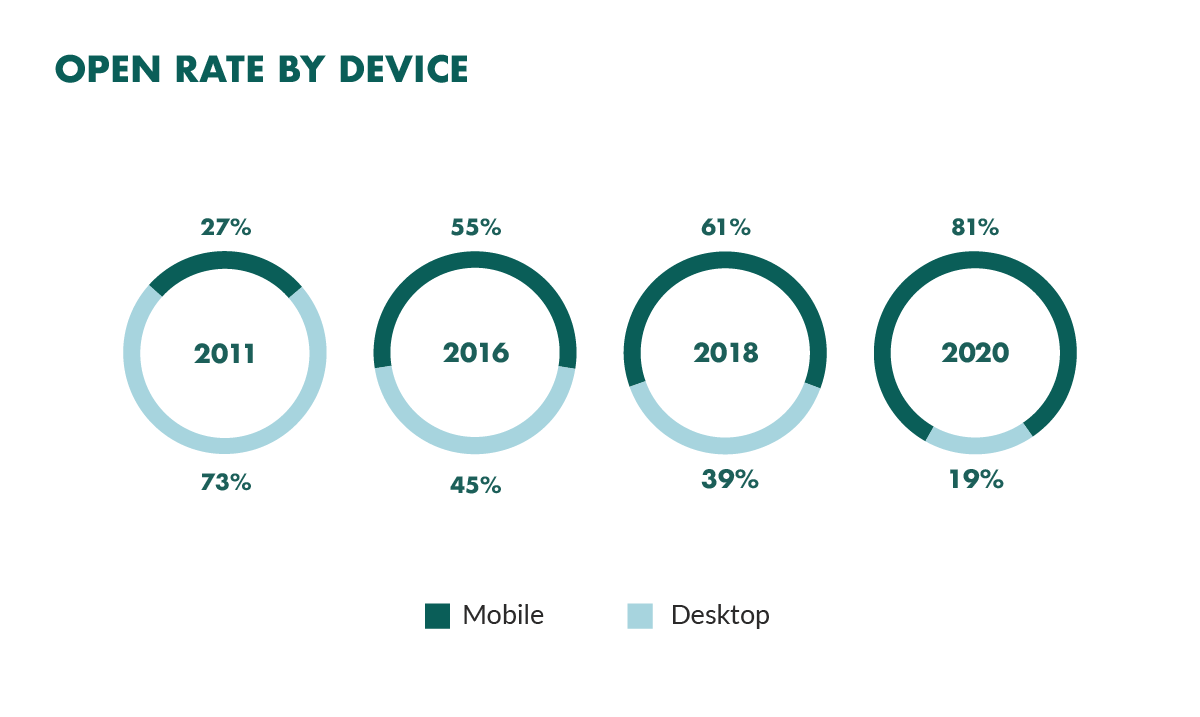Yes, people do read marketing emails, but not always. It depends on various factors.
Marketing emails are a crucial tool for businesses. They help in reaching a broad audience quickly. But, the success of these emails depends on how they are crafted and delivered. Many people receive numerous emails daily, making it easy for marketing emails to get lost in the clutter.
A well-written and engaging email can stand out and capture the reader’s attention. This introduction will explore the factors that influence whether people read marketing emails and how businesses can improve their email marketing strategies.
The Evolution Of Marketing Emails
The world of marketing emails has changed a lot over the years. From simple messages to complex strategies, email marketing has evolved. This section explores the journey of marketing emails and how they have adapted to modern times.
Early Days
In the early days, marketing emails were plain and simple. Businesses sent out basic text emails with no images or special formatting. These emails often lacked personalization. They were more like a one-size-fits-all approach. The goal was to reach as many people as possible.
Many people ignored these emails. They viewed them as spam. This is because the emails were not targeted. They did not speak to the recipient’s needs or interests. Over time, businesses realized the need for change.
Modern Strategies
Modern marketing emails are much more advanced. Businesses now use personalization to make emails relevant to each recipient. They use the recipient’s name and tailor the content to their interests. This makes the emails feel more personal and engaging.
Here are some key strategies used in modern email marketing:
- Segmentation: Dividing the email list into smaller groups based on interests or behaviors.
- Automation: Sending emails automatically based on specific triggers, like a new sign-up.
- Rich Media: Including images, videos, and interactive content to make emails more engaging.
- Mobile Optimization: Ensuring emails look good on all devices, especially smartphones.
Let’s take a look at a comparison between early days and modern strategies:
| Aspect | Early Days | Modern Strategies |
|---|---|---|
| Personalization | None | High |
| Content Type | Plain Text | Rich Media |
| Targeting | Broad | Segmented |
| Automation | Manual | Automated |
| Mobile-Friendly | No | Yes |
These strategies have made marketing emails more effective. They are now a key tool for engaging with customers.
Current Email Marketing Trends
Email marketing continues to be a powerful tool for businesses. It helps in reaching a wide audience. But do people still read these emails? Let’s explore the current trends. These trends show how businesses can keep their audience engaged.
Personalization
Personalization is key in email marketing. Emails with personalized subject lines are more likely to be opened. Personalizing content can make a big difference. For instance:
- Using the recipient’s name
- Segmenting the audience based on interests
- Sending tailored content
Studies show that personalized emails can boost engagement. They help build a connection with the audience. This leads to better results and higher conversion rates.
Automation
Automation is another important trend. It saves time and ensures consistency. Automated emails can be triggered by certain actions. Examples include:
- Welcome emails for new subscribers
- Abandoned cart reminders
- Birthday greetings
These automated emails can keep the audience engaged. They ensure timely communication. Automation tools also allow for detailed tracking. This helps in measuring the success of email campaigns.
Email Open Rates
Email open rates are crucial for any marketing strategy. They measure the percentage of recipients who open an email. A higher open rate indicates that your email marketing is effective. But what influences these rates? Let’s explore.
Industry Benchmarks
Understanding industry benchmarks helps in setting realistic goals. Here’s a table showing average open rates across different industries:
| Industry | Average Open Rate |
|---|---|
| Retail | 18% |
| Health | 23% |
| Finance | 21% |
| Education | 25% |
| Non-Profit | 26% |
These benchmarks give a general idea of what to expect. If your open rates are below these numbers, it may be time to revise your strategy.
Factors Influencing Open Rates
Several factors can impact your email open rates:
- Subject Line: A compelling subject line grabs attention. Use clear and direct language.
- Sender Name: Recipients are more likely to open emails from a familiar sender.
- Timing: Sending emails at the right time increases open rates. Test different times to see what works best.
- Personalization: Personalized emails feel more relevant. Use the recipient’s name and tailor the content.
- Mobile Optimization: Many people check emails on their phones. Ensure your emails look good on mobile devices.
Each of these factors plays a role in whether your email gets opened. Focusing on these elements can help improve your open rates.
Engagement Metrics
Understanding engagement metrics is essential for email marketing. These metrics help you gauge how well your emails perform. They provide insights into how recipients interact with your messages. Let’s delve into two crucial engagement metrics: click-through rates and conversion rates.
Click-through Rates
Click-through rates (CTR) measure the percentage of email recipients who click on a link in the email. A high CTR indicates that your content is interesting and relevant. It shows that the call-to-action is compelling. To improve CTR, focus on clear and concise messaging. Use strong and actionable language. Make sure your links stand out. Test different subject lines and email designs to find what works best.
Conversion Rates
Conversion rates track the percentage of recipients who take a desired action after clicking a link. This could be making a purchase, signing up for a newsletter, or downloading a resource. High conversion rates mean your email effectively motivates actions. To boost conversion rates, ensure your landing page matches the email content. Make the process as simple and quick as possible. A/B testing different elements can also help improve conversions.
Consumer Behavior Insights
Understanding consumer behavior is essential in marketing. It’s crucial to know how people read marketing emails. This can help improve email campaigns and increase engagement.
Reading Patterns
Many people scan emails quickly. They often look for key information first. This includes subject lines and main headlines. If these capture attention, they may read further. Short paragraphs and bullet points work best. They make the email easier to read.
Preferences
Consumers have different preferences for email content. Some like promotional offers and discounts. Others prefer informational content and updates. Knowing your audience is key. Personalizing emails can boost engagement. Addressing the recipient by name can make a big difference. Including relevant images also helps. They break up text and make the email more appealing.

Credit: www.pagedesign.com
Challenges In Email Marketing
Email marketing presents many challenges that can impact the effectiveness of your campaigns. Understanding these challenges is key to crafting emails that not only reach your audience but also engage them. This section explores some of the main hurdles marketers face in email marketing.
Spam Filters
Spam filters are a significant obstacle. They block many marketing emails. If your email looks spammy, it won’t reach the inbox. Use clear, concise subject lines. Avoid excessive punctuation and trigger words like “free” or “guarantee.” Make sure your content is relevant and valuable.
Content Saturation
People receive many emails daily. This leads to content saturation. Your email might get lost in a crowded inbox. To stand out, make your emails visually appealing. Use engaging images and concise text. Personalize content to match the recipient’s interests. Keep your message clear and direct.
Best Practices For Effective Emails
Do people read marketing emails? Yes, if they are well-crafted. Effective emails need compelling subject lines, engaging content, and a clear call to action. Following best practices can significantly improve your open and click-through rates. Let’s explore how to make your emails more effective.
Compelling Subject Lines
Your subject line is the first thing a reader sees. It determines whether they open your email. A compelling subject line should be short, clear, and engaging. Here are some best practices:
- Keep it under 50 characters.
- Use action verbs.
- Include numbers or lists.
- Ask a question.
- Make it personalized.
For example, instead of “Our New Product,” try “Discover Our New Product Today!” This approach grabs attention and sparks curiosity.
Engaging Content
Once the email is opened, the content must keep the reader engaged. Engaging content is clear, concise, and valuable. Here are some tips:
- Start with a Strong Opening: Use a greeting and a catchy opening line.
- Be Relevant: Address the reader’s needs or interests.
- Use Simple Language: Avoid jargon and complex sentences.
- Include Visuals: Use images or videos to break up text.
- Call to Action: Guide the reader to the next step.
Consider this example:
Hi [Name],
We have something special for you! Our new product line is here, and we think you'll love it. Click the link below to learn more and get a special discount.
Best,
[Your Company]
This approach is direct, engaging, and easy to read.

Credit: www.superoffice.com
Future Of Email Marketing
The future of email marketing looks promising and full of potential. Changes in technology are leading the way. This means email marketing will evolve. It will become more effective, personalized, and engaging. Let’s explore what the future holds.
Ai And Machine Learning
AI and machine learning will play a big role. These technologies help understand customer behavior better. They allow for more personalized content. This means each email can be tailored to the recipient. Personalized emails often see higher open rates. They also lead to better engagement.
AI can also optimize send times. It can determine the best time to send emails. This ensures your emails are seen and read. Machine learning can analyze past campaigns. It can identify what worked and what didn’t. This helps in planning future email strategies. AI and machine learning will make email marketing smarter.
Integration With Other Channels
Email marketing will integrate more with other channels. This creates a seamless customer experience. For example, emails can link to social media content. They can also connect with SMS marketing. This ensures customers receive consistent messages across platforms.
Integration allows for better data collection. Marketers can gather insights from different channels. This helps in creating more effective campaigns. Cross-channel integration will enhance customer engagement. It ensures your message is heard, no matter where your audience is.

Credit: www.superoffice.com
Frequently Asked Questions
Do People Open Marketing Emails?
Yes, people do open marketing emails. Engaging subject lines and personalization increase open rates.
What Is The Average Open Rate For Marketing Emails?
The average open rate for marketing emails is around 18-25%. This varies by industry.
How Can I Improve My Email Open Rates?
Improve email open rates by personalizing content, using compelling subject lines, and segmenting your audience.
Why Do Marketing Emails Go To Spam?
Marketing emails may go to spam due to poor sender reputation, misleading subject lines, or lack of permission.
Conclusion
Reading marketing emails remains important for many people. Engaging content catches their attention. Personalization increases open rates. Clear subject lines help too. Consistent value keeps readers interested. Effective emails drive results. So, focus on creating relevant content. Understand your audience.
Test different approaches. Keep refining your strategy. This helps ensure your marketing emails get read and appreciated.



Leave a Reply